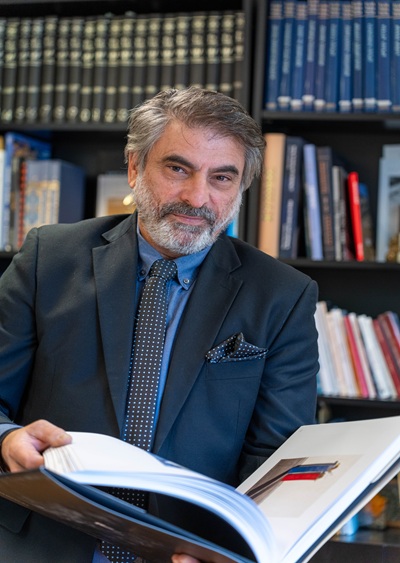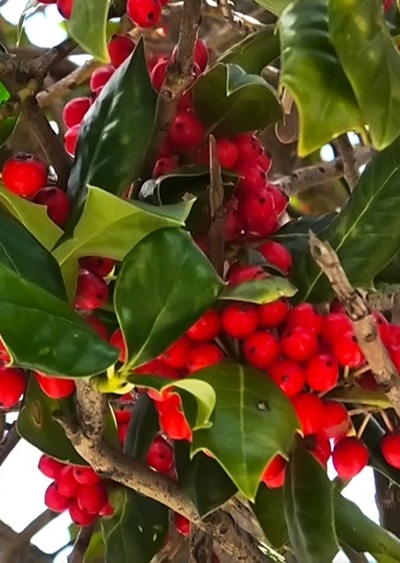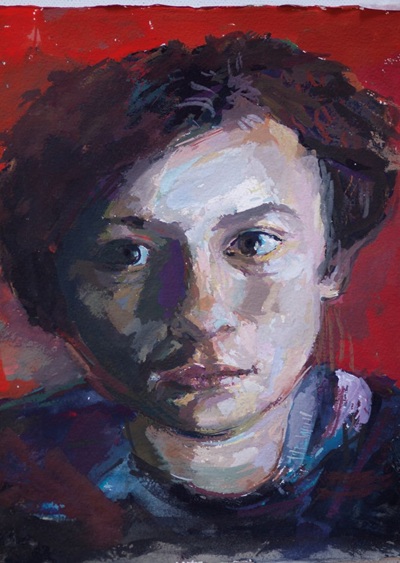
The series of works “Rise into Ruin” is the fruit of the long conversation of the artist, Thodoris Chrysikou, with the work of Walter Benjamin on the concept of allegorical ruin. The works of the exhibition pose, both morphologically and conceptually, a crucial question: What is the ideal allegorical shell that could accommodate the concept of ruin for the people of our time; The series of works Rise into Ruin brings out the allegorical image of the decayed from every commodity value and defeticized packaging, in an ideal host, which can accommodate a critical thought about the decaying culture of our time.
Curator’s note
Thodoris Chrysikos, the settlement – Rise into ruin
All we possess are the remains of a common in its horror, future. Thodoris Chrysikos is one of the few creators I know in Greece who, during the research of his artistic work, insists passionately on such a clear, ideological point of reference, which puts forward the theoretical content and on the basis of this formulates his aesthetic proposal. Form as a necessity and not as a demonstration and art as a political application and not as a decoration of ideology. Maybe that’s why the end result is so convincing both artistically and conceptually.
Being himself conscious of the surrounding decline-but also of its peculiar, morbid charm – and taking advantage of the twilight shadows of the gods, he proposes Works – products of painting and sculptural osmosis with an intensely romantic character (the passion mentioned above). So he records the decay, but in epic terms and lists figuratively those stars that shine in their fall. The central theme of this exhibition is the famous Angel of Klee in front of works of art – matrices of the void as presented by Benjamin in his positions on the philosophy of history, his most mature and cryptic work. An archaeology of today of those products that are consumed leaving dramatically and left their matrices to perpetuate the void. Here is the quote from XI.:
“There is a painting by Klee named Angelys Novus. There is depicted an angel who seems ready to move away from something where his gaze remains fixed. His eyes are wide open, his mouth open and his wings outstretched. This is exactly how the angel of history should be. His face is turned toward the past. Where we see a chain of events, he sees a single catastrophe, incessantly piling ruins upon ruins and hurling them before his feet. He would like to pause for a moment, wake the dead, and set up the ruins again…”
The” Angel ” again of gold with the wings of the bat mirrors an Inferno made of fibers of liquefied cement with a patina that recalls copper and car grease. This is a series of morphoplastic reflections implemented in three sculptural environments in the last, so significant, decade. It is essentially a technocratic ruin with its miserably peeled advertising posters floating in a pool of industrial waste. A futurological image of Mad Max or Italo Calvino and the ominous record of global entropy since there is no monument of civilization on the planet that is not at the same time a monument of barbarism. A game that consistently ends in a nightmare and a cartesian product that makes no sense. Benjamin continues: “in every age it is sought to re-distance tradition from that conformism which is ready to oppress it. For the Messiah comes not only as the Redeemer, but also as the victor of the Antichrist. The gift of rekindling the spark of hope in the past is possessed only by the historian, who has the conviction that even the Dead will not be safe from the enemy if he wins. And this enemy has not ceased to win.”
In this case, the subversive thinker, alongside the Frankfurt School, strongly criticizes the modern model of economic development, accusing it of transforming human relations into another version of real, commercial relations. Like a Circe who makes our comrades pigs. The relevant environments frame paintings of impeccable, visual, writing that combine the muffled, dramatic irony of the subject with the most lucid, political commentary. It is enough to want to see behind the pretense of things. These are the molds of electronic gadgets that one finds outside the big supermarkets or the mall and in the garbage bins for recycling all those materials that were made to improve our lives but that ultimately drown like a loop the planet. A biochemistry and a nanogenetics of loss with symbolic protagonists the water reservoir of Drapetsona and the sculptural Angel of Prague…
I think that in the first Impressionist paintings the green fields with red poppies and blue skies shone bright, but somewhere in the background the chimney of a factory loomed ominous as a future threat to the still existing pre-industrial paradise, for example to the swimmers of Asnières of Seurat. Today, when the evil has been done, when we have slaughtered and devoured the sacred oxen of The Sun, the only thing we can hope for is the aesthetic arrangement of the impending hell. Just…
Christmas ’22, Manos Stefanidis
About the exhibition
Text-exhibition curated by Manos Stefanidis, art historian, emeritus professor, University of Athens
Opening: Thursday 12 January 2023
Time: 18: 30 – 23: 00
Duration: January 12 – February 4, 2023
Art Appel Gallery
Neophytou Vamvas 5 106 74 Athens| +30 211 11 540 30
www.artappelgallery.gr
@appel.gallery
Opening hours and days: Tuesday to Friday 15:00 – 20: 00
Saturday 11:00 – 15: 00
FREE ENTRY












Leave A Comment